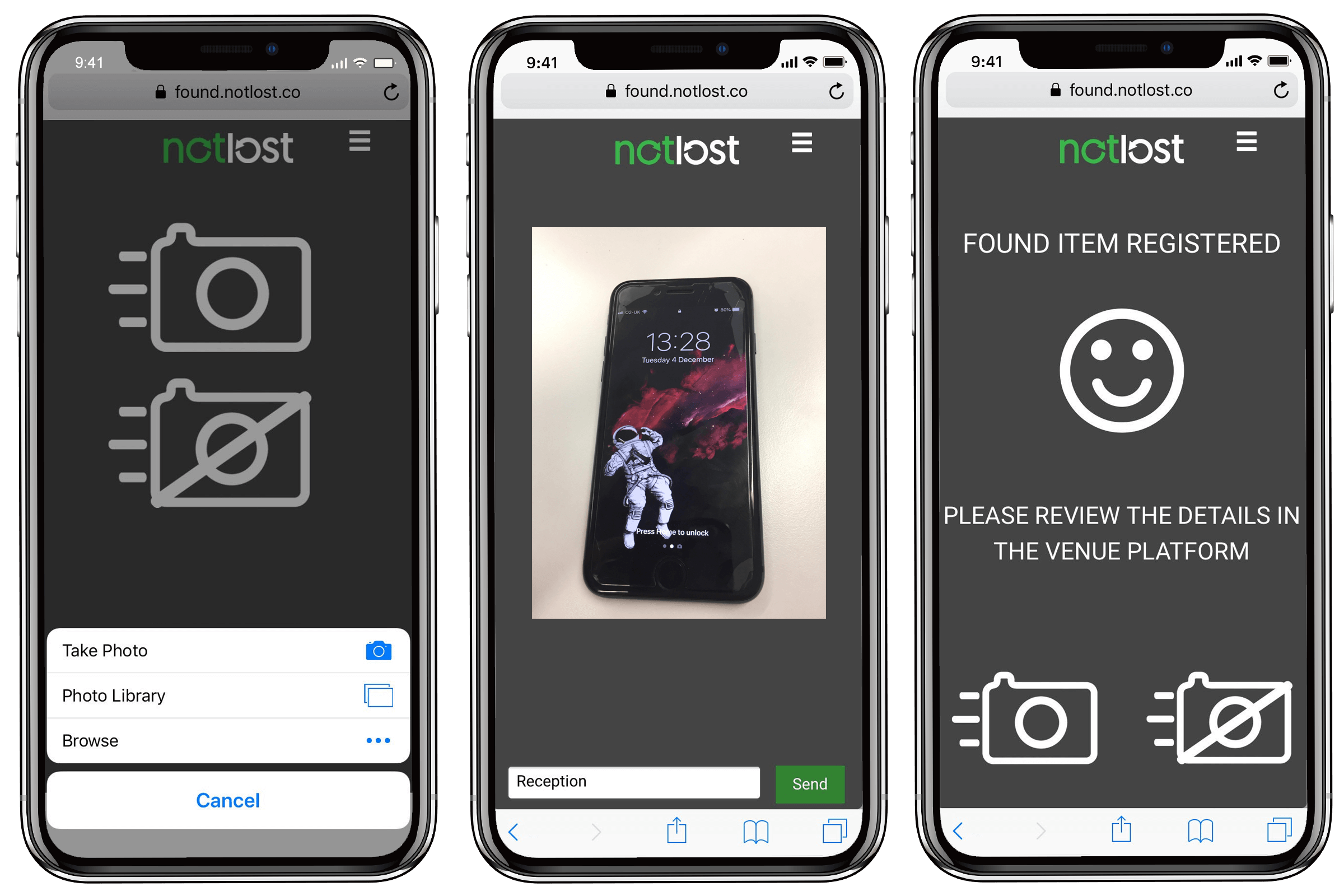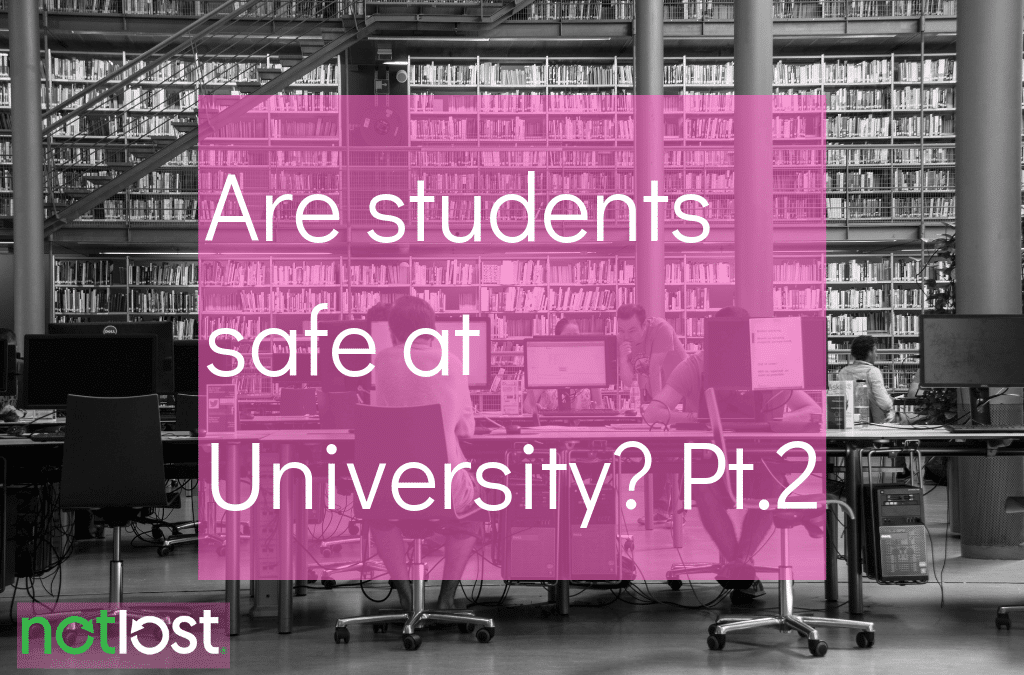Welcome back to our university case study, where we’re looking into how technology is improving university safety. If you missed part one check that out here. Now, lets pick up where we left off, by looking at what technology is out there to help students, parents and campus staff stay safe…
University technology to support security departments
Supplemented by support from nationwide law enforcement, universities employ their own security services devoted to keeping students safe in their buildings and grounds.
Our Security Services Department endeavour to ensure our staff, students and visitors feel safe and secure across all of our campuses. We have a fully-trained, round-the-clock Security patrol team who work closely with students and staff to keep our campus a safe place to live, learn and visit.
Software solutions help streamline the main tasks faced by university security services – from granting access to university building’s grounds to the collection and analysis of data about security incidents.
Security initiatives at universities around the world
So let’s look at some of the technology out there available at universities to help ensure safety for students.
- Facial recognition software
- Security alerts delivered by text
- Personal security apps
- Digital lost property solutions
Facial Recognition Software
Although not yet introduced on our shores, facial recognition is becoming an important part of access security, student identification, and even attendance-taking at Chinese universities. At Hangzhou Normal University, faces are scanned to grant—or deny—students entry to dormitories.
Students at Hangzhou Normal University in Hangzhou are using face-recognition technology to enter their dormitories. The new measure is expected to provide better assurance to students' safety. pic.twitter.com/vTQrDRWDfl
— China Daily (@ChinaDaily) September 13, 2018
At Peking University in Beijing students’ faces are scanned as they enter the university’s southwest gate, in an experiment to see to see if facial recognition can replace university ID cards. It’s easy to imagine British students riled up by the Orwellian implications of facial recognition software. However, it’s also easy to imagine them ditching lanyards and easily misplaced ID cards for something you can only proverbially lose—your face.
Security alerts delivered by text
No longer relying just on alarms and emails, universities can use text messaging to reach students and staff more directly. The messages are to alert them —and provide instructions about—security incidents. This includes anything from inclement weather, ongoing crimes, to bullying and possible terrorist incidents.
Companies like Alert Solutions are able to send an alert via voice, email and SMS text to an entire campus community with their API.
Personal security apps
The use of mobile phones goes beyond the simple delivery of emergency alerts via SMS. Mobile apps can now keep students and staff well informed with current and continuing security incidents. Furthermore these Apps are empowering students and staff to take swift, effective, action such as;
- Allowing students to report crimes and ongoing incidents
- Summoning security services to a GPS-guided location
- Collecting and making sense of data about safety incidents
A good example, Northumbria University—ranked #21 for safety in the The Student Experience Survey, despite its urban location—offers staff and students the security mobile app, SafeZone.
SafeZone allows students to call for help in-app and enables security personnel to “implement a fast and coordinated response from everyday events through to full-scale emergencies.”
Handling Lost Student Property with Tech
Security teams at universities across the country have a lot of work on their hands. As well as responding to criminal incidents and safety hazards, a lot of day to day work involves managing the storage and return of lost property. Software can streamline this process, allowing security staff to work more efficiently and improve the overall service they deliver to students.

Having a centralised lost property platform like NotLost is particularly helpful at larger universities with buildings spread out across a campus or city, as it is possible to search across the entire database.
The ultimate aim is to enable the security staff to offer a seamless and quick return of lost property back to their students allowing them to continue to keep the campus safe.
If you enjoyed this, and work at a university in the UK that could benefit from a digital lost property system, we’d love to discuss it with you! Keep up to date with all our lost property and tech solution news via Twitter, Facebook and LinkedIn pages.
– More case studies
– More Industries
– More about NotLost Software
Until next time!

